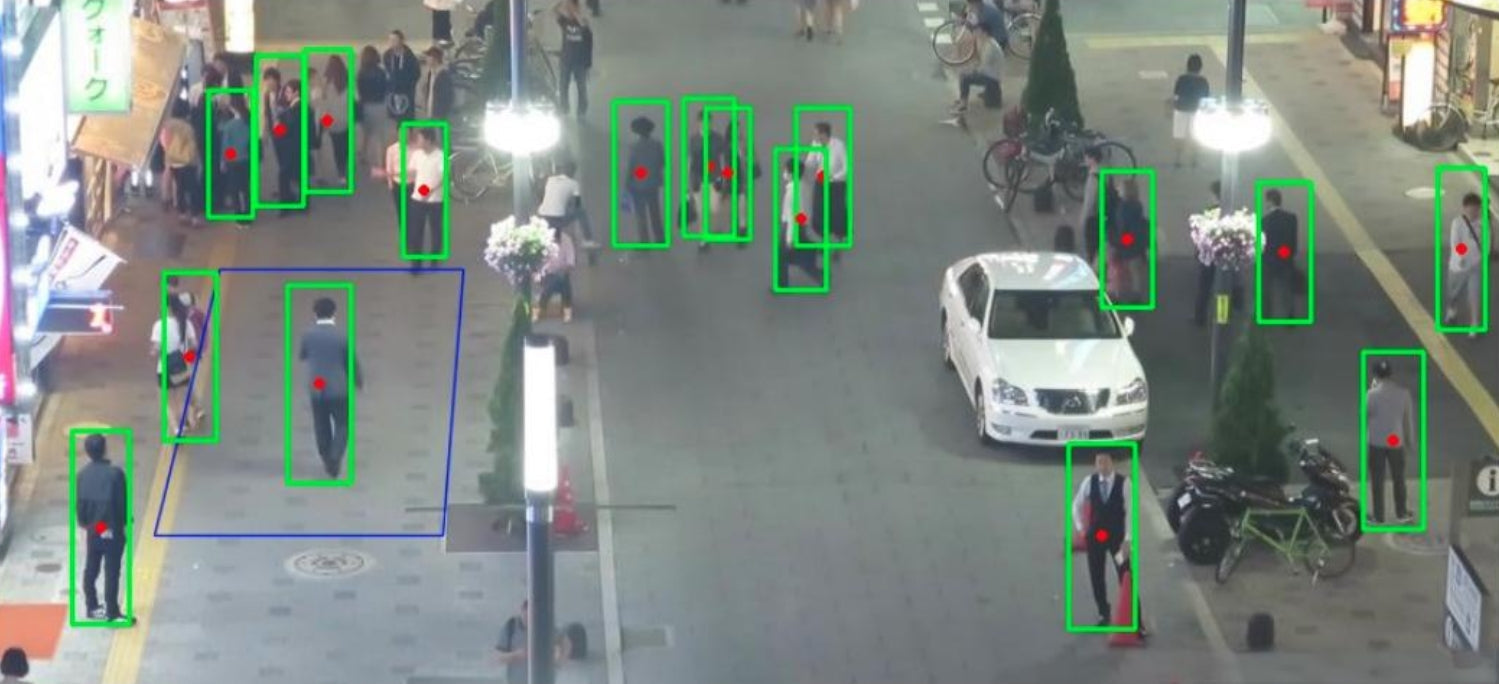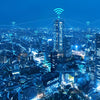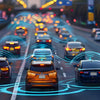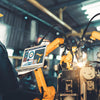Smart People Counting: Accurate Data for Intelligent Management

With the rapid development of IoT (Internet of Things), AI (Artificial Intelligence), and big data, people counting systems have become essential tools for smart buildings, business analytics, and public management. By leveraging advanced people counting sensors, these systems not only accurately track foot traffic but also optimize resource allocation, enhance operational efficiency, and improve user experiences.
Core technologies in people counting systems include ToF (Time-of-Flight) sensors, 3D vision recognition, infrared beams, Wi-Fi/Bluetooth tracking, and thermal imaging. Among them, ToF people counting cameras stand out due to their high precision, real-time data processing, and adaptability to various environments, making them the preferred choice in many smart applications.
What is People Counting?
People counting is a technology that uses smart sensors to track the number of individuals within a specific area or passing through an entrance. It plays a crucial role in commercial spaces, transportation, security, and smart buildings, enabling data-driven decision-making, improved efficiency, and better space utilization.
There are two main types of people counting solutions:
-
Regional People Counting
- Measures the number of people within a defined space (e.g., shopping malls, offices, exhibition halls, subway stations).
- Helps monitor crowd density, optimize space usage, and control HVAC (Heating, Ventilation, and Air Conditioning) systems for energy efficiency.
-
Line Crossing People Counting
- Tracks the number of people passing through a designated entrance or corridor (e.g., store entrances, subway gates, security checkpoints).
- Used for visitor analytics, queue management, and security monitoring.

Key Technologies in People Counting Systems
To ensure accuracy and real-time performance, people counting cameras employ various sensor technologies:
- ToF (Time of Flight) Sensors: Utilize infrared light to measure distance, offering high accuracy and real-time data collection, even in low-light conditions. Ideal for smart buildings, public transport, and retail analytics.
- 3D Vision Recognition: Uses stereo cameras or depth sensors to create a 3D model of an area, improving accuracy in high-security access control and crowd monitoring.
- Wi-Fi/Bluetooth Tracking: Detects mobile devices to estimate foot traffic. Suitable for large-scale people flow analysis, but accuracy depends on device connectivity.
- Thermal Imaging: Detects human heat signatures, enabling counting in low-light or night-time conditions, making it valuable for security applications.
- Infrared Beams/Sensors: Uses infrared interruptions to count people. Cost-effective but may be affected by complex environments.
As a result, people counting technology is widely used in smart cities, retail analytics, public safety, and energy management, helping businesses and governments optimize operations, efficiency, and customer experiences.
Smart Space Management: Optimizing Layouts & Energy Efficiency
Data-Driven Space Utilization
In offices, shopping malls, hospitals, and airports, managers need insights into foot traffic patterns to optimize layouts and improve space utilization. For instance, tracking real-time occupancy trends enables better workspace allocation, reducing unused areas and increasing productivity.
Energy Efficiency & Smart Environment Control
People counting systems are integrated with HVAC and smart lighting systems to improve energy efficiency. When foot traffic decreases, ToF sensors trigger automatic adjustments, such as:
- Dimming lights in unoccupied areas.
- Adjusting air conditioning to maintain comfort while reducing energy consumption.
For example, in large shopping malls or office buildings, ToF-based people counting solutions ensure precise, real-time control of energy usage, significantly cutting operational costs.
Security & Emergency Response
In emergencies like fires, earthquakes, or overcrowding, people counting sensors provide real-time data to security teams, allowing them to:
- Identify high-density areas.
- Optimize evacuation routes.
- Prevent unauthorized access using 3D facial recognition integrated with smart security systems.

Transportation & Public Facilities: Enhancing Efficiency & Experience
Smart Public Transportation Management
ToF people counting cameras in subways, buses, airports, and train stations help operators monitor passenger flow and improve efficiency. For example:
- Subway systems dynamically adjust train frequency based on passenger volume, reducing congestion during peak hours.
- Airports utilize real-time people counting for queue management, optimizing security checks and reducing wait times.
Smart Parking & Traffic Flow Optimization
People counting technology improves parking management by:
- Detecting pedestrian movement and optimizing parking space allocation.
- Reducing congestion by guiding vehicles to available parking spots.
In urban areas, real-time people counting analytics can enhance traffic light control and optimize pedestrian flow, improving safety and reducing delays.
Crowd Management for Events & Attractions
At theme parks, stadiums, exhibitions, and music festivals, ToF-based people counting systems help organizers:
- Monitor real-time crowd density to prevent overcrowding.
- Optimize visitor flow by directing them to less crowded areas.
- Improve overall guest experience with smart navigation and queue management.
Retail & Business Analytics: Precision Marketing & Customer Experience
Customer Behavior Analysis
In shopping malls, supermarkets, and retail stores, people counting cameras provide insights into:
- Foot traffic trends to identify peak hours and optimize staff allocation.
- Hotspot detection to place promotions in high-traffic areas.
- Conversion rate analysis to measure business performance.
Smart Queue & Service Optimization
ToF-based people counting ensures smooth customer service by:
- Monitoring checkout lines, food court queues, and elevator occupancy.
- Reducing waiting times with dynamic staffing adjustments.
For example, real-time queue monitoring in supermarkets can trigger alerts to open additional checkout counters, enhancing customer satisfaction.
Data-Driven Business Decisions
Retailers leverage people counting analytics to:
- Optimize marketing campaigns by understanding customer flow patterns.
- Improve store layout based on foot traffic data.
- Enhance tenant placement in shopping malls for better revenue generation.
Conclusion
Smart people counting technology is transforming industries, from smart buildings and public transportation to retail analytics and security. With its high precision, real-time data processing, and adaptability, ToF-based people counting solutions are becoming the preferred choice for modern people counting systems.
As AI, big data, and 5G continue to advance, people counting sensors will play a key role in building smarter, more efficient cities, enhancing urban management, and improving daily life.




